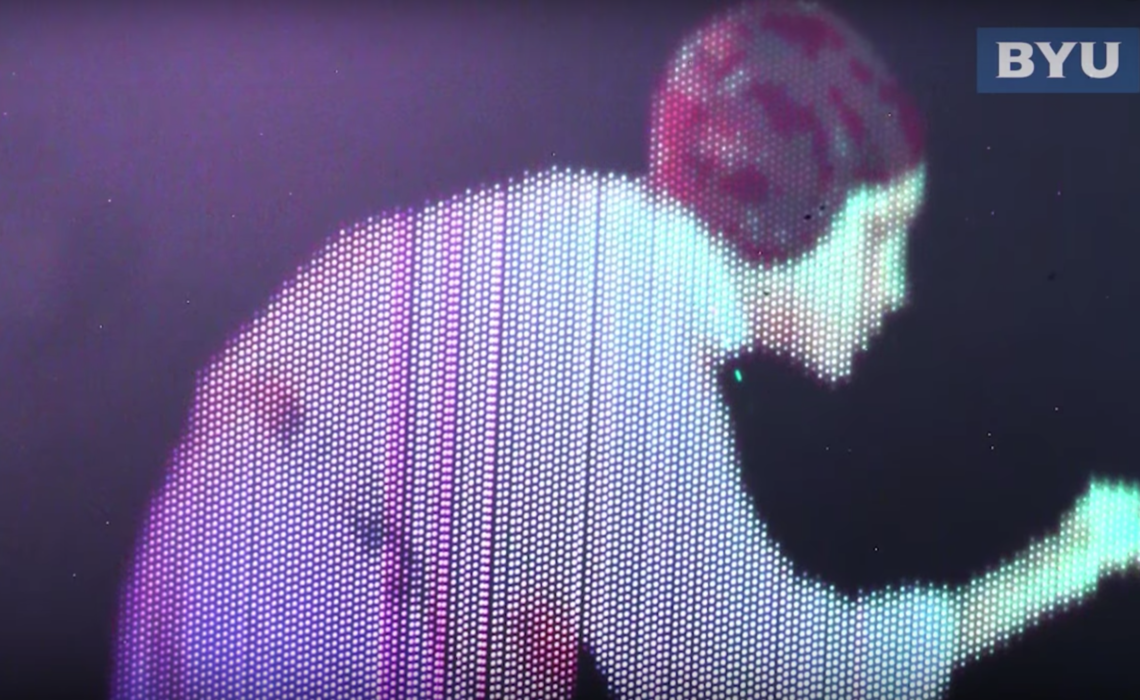
We found out that: the future really will be full of holograms (thank you Princess Leia <3), pharmacies might go out of fashion, rockets can get ‘er done with 3D printing, fashion will never be the same again, video games really are better with mods, and there’s another way to violin. Plus, we envisioned a real-life replicator, all this week in 3D printing.
They did it for Princess Leia
Scientists at Brigham Young University tugged at our heartstrings this week, releasing the results of the Princess Leia Project. “Our group has a mission to take the 3D displays of science fiction and make them real. We have created a display that can do that,” project lead and holography expert Daniel Smalley explained. They did it using techniques cribbed from 3D printing, as ZDNet reported. Their inspiration was, of course, Princess Leia’s poignant holographic cry for help that pulled us all into the Star Wars universe. I’m not crying. You’re crying.
In less nostalgic but incredibly impactful future tech news, we’ve known for a little while that new ways of 3D printing powders could lead to printable pharmaceuticals, but now, there’s a plan. As Motherboard reported, a team of researchers at the University of Glasgow have put together a system that, for $2000, will be able to 3D print machines that produce specific drugs. Take that, big pharma.
Into the stratosphere
3D printing applications soared this week, with the successful test-firing of the European Ariane 6 spacecraft’s partially 3D printed Vulcan 2.1 engine, sexy Italian supercar maker Bugatti’s new 3D printed titanium brake caliper, and genius, groundbreaking designer Iris van Herpen’s cutting-edge couture that takes 3D printed fashion to newly beautiful and transcendent places. Once again, our favorite manufacturing technique is fueling out-of-this-world creativity — just like we always knew it could.
Modder, madder, better
Once again this week, 3D printing is saving a gaming product from its own design limitations, as maker and game artist Clinton Strawn released a thumbstick mod for the HTC Vive controller that you can print right here. Thank God for mods.
In other, more whimsical news, a VERY determined trio of UT Austin students spent a year developing a totally novel 3D printed 6-string violin in order to fulfill the singular dream of violinist Sean Riley to play John Adams’ Dharma at Big Sur. Like so much incredible art, this one started with a big, slightly crazy “Why not?” We’re all for it.
And, our favorite dreamy science speculation blog, Futurism, examined what 3D printing will look like in 100 years. While some imagined that we’d see the world 3D printing everything at home as of 2018, Futurism looks at a more realistic, though no less fantastical vision of the future. Today’s daydreams, tomorrow’s reality.


